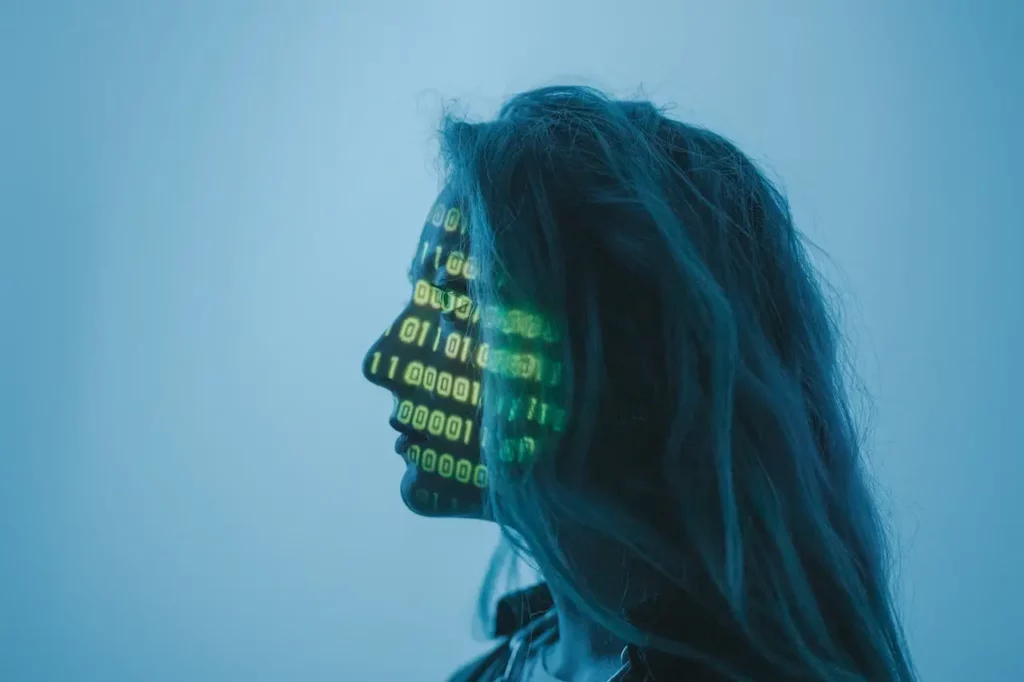How is Artificial Intelligence transforming security? From detecting suspicious behavior to identifying criminals.
For the leading manufacturers of Closed Circuit Television (CCTV) surveillance systems, the irruption of artificial intelligence in the security world has brought about a revolution. And it is that the power to provide intelligence and self-learning to the global network of cameras has marked a before and after in the sector and, therefore, in society.
In the security environment, AI has multiple applications: from detecting suspicious behavior or identifying criminals to predicting possible criminal behavior. But, in the end, as always in these cases, expectations have been far from reality.
Although we are going to delve into the negative aspect of the matter and why it is not a good idea to leave our surveillance systems in the hands of algorithms, we must bear in mind that the emergence of technologies such as deep learning and machine learning has helped the user to make effective decisions much faster.

The Challenge of AI in Security
Today we are more than used to artificial intelligence being part of our lives. Either for them to recommend series and movies similar to our tastes or to help us with more severe things like driving systems.
However, when we ask these AI algorithms to be the ones to protect our assets or help the police identify and arrest a suspect, things get complicated. According to sector experts, the errors we are seeing now are still the same as John McCarthy predicted in his day in the book “Artificial Intelligence” (1956).
For years cycles of enthusiasm have been concatenated with disappointment when verifying that the algorithms were not intelligent enough to become experts.
In addition, on many occasions, the cost of hardware that would allow them to function could have been more affordable.
A few years later, those mistakes have been forgotten, thanks to the marketing of the new generation of AI. And it is that those magical acronyms promise 99% accuracy in their tasks —always in ideal conditions that rarely occur in reality.
And under the umbrella of that percentage appears the root problem of AI and security since we are leaving our security in the hands of a solution that already warns us that it will not work 100% correctly.

Revealing Failures About How the AI Works
First of all, we have its fragility. Deep learning systems promise us robust and self-learning solutions. However, although a deep learning algorithm can ideally differentiate the elements it sees in most situations, this is only sometimes the case.
In addition, we have built-in biases, and among them, the most worrying: the racial bias of the AI. In some cities, such as San Francisco, using facial recognition systems is prohibited due to this problem.
A highly publicized case was Robert Julian-Borchak Williams, an African-American citizen arrested because the AI analyzed a robbery video and identified him as a suspect. After being arrested, he spent time in the brig and was interrogated until someone realized that the AI had mixed it up. Unfortunately, the Julian-Borchak Williams case is not isolated; there have been several similar incidents involving black people.
If we ask the manufacturers of facial recognition systems (those who promise us an accuracy very close to 100%) if those numbers are also the same in identifications of non-white people, the answer would not be so concise.
On the other hand, the Ukrainian Ministry of Defense has been using Clearview AI facial recognition software since March 2022 to verify war crimes. The system identifies the dead, both Russian and Ukrainian.

However, this software has been the protagonist of several controversies in the United Kingdom, where the Israeli company that manufactures it has been fined for obtaining and storing user images without consent.
Despite these limitations and gaps, as well as inherent privacy concerns, it is clear that the incursion of AI into the world of security is beneficial, still unpolished, but beneficial. It has achieved that systems have made a technological leap at a qualitative level. However, we still need to let AI carry out processes automatically with human intelligence supervision.




